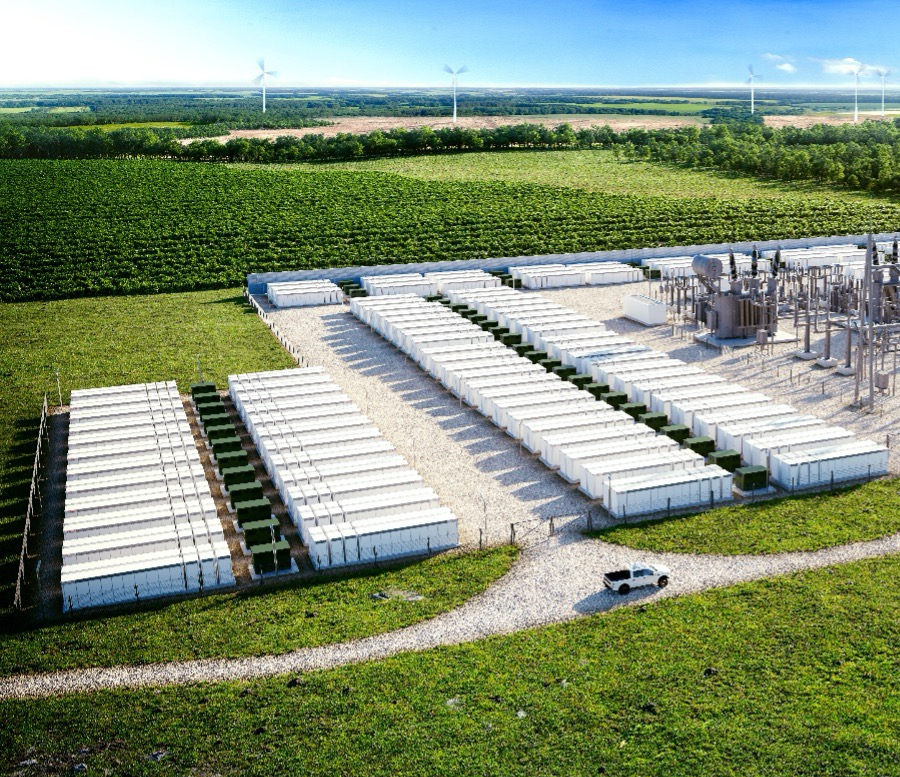Energy & Utilities Software Development and IoT Solutions
Powering Efficiency and Sustainability with Innovative Energy & Utilities Software and IoT Solutions by Nwaresoft
Nwaresoft’s Energy & Utilities Software Development and IoT Solutions optimize resource management, enable real-time monitoring, and promote sustainability through smart grids, predictive maintenance, and energy-efficient systems for improved operational efficiency.
Nwaresoft provides tailored Energy & Utilities Software Development and IoT Solutions to meet the unique needs of energy providers and utility companies. Our custom solutions integrate advanced technologies for real-time monitoring, predictive maintenance, and smart energy management to drive efficiency, reduce costs, and support sustainability.
Custom Energy & Utilities Software Development And IoT Solutions

Smart Energy Management Systems
- Real-Time Energy Monitoring: Track energy usage and performance across facilities with IoT-enabled sensors for real-time data and analytics.
- Energy Optimization: Implement automated systems to reduce energy consumption and promote cost-effective energy management.

Predictive Maintenance Solutions
- Proactive Maintenance: Use IoT sensors to monitor equipment health and detect early signs of wear or failure, enabling preventative maintenance and minimizing downtime.
- Asset Management: Track the condition and performance of infrastructure, ensuring optimal use and extending asset lifecycles.

Smart Grid And Power Distribution
- Grid Management: Develop intelligent software solutions for real-time grid monitoring, demand management, and fault detection to improve grid reliability and stability.
- Load Balancing: Utilize IoT technology for dynamic load management, ensuring efficient power distribution and preventing outages.

Renewable Energy Integration
- Green Energy Solutions: Create systems for the seamless integration and monitoring of renewable energy sources like solar and wind.
- Sustainability Monitoring: Track renewable energy performance and carbon footprint, supporting eco-friendly practices and compliance with regulations.

Utility Billing And Customer Solutions
- Automated Billing Platforms: Develop customizable billing systems that automate usage tracking, invoicing, and payment processing.
- Customer Portals: Create user-friendly portals for customers to monitor energy usage, manage accounts, and access billing information.

Water And Waste Management Systems
- Smart Water Management: Deploy IoT sensors for real-time monitoring of water distribution systems, leak detection, and efficient usage tracking.
- Waste Optimization: Develop software solutions to manage waste collection, routing, and processing for increased efficiency.
Smart Energy Management Software
Real-Time Energy Monitoring
- IoT-Enabled Sensors: Continuously track energy usage across facilities, equipment, and systems in real time.
- Data Analytics: Use detailed analytics to identify energy consumption patterns and inefficiencies.
Automated Energy Optimization
- Smart Controls: Automatically adjust energy usage based on real-time data, optimizing lighting, HVAC, and equipment operation.
- Peak Demand Management: Reduce energy costs by managing peak load and optimizing energy usage during high-demand periods.
Predictive Maintenance
- Condition Monitoring: Monitor the health of energy-consuming assets, predicting equipment failures and scheduling maintenance to prevent downtime.
- Energy Performance Insights: Gain actionable insights to improve equipment performance and energy efficiency.


Renewable Energy Integration
- Solar and Wind Energy Management: Monitor and optimize the use of renewable energy sources in conjunction with traditional energy systems.
- Sustainability Reporting: Track renewable energy contributions and carbon footprint reductions to support sustainability initiatives.
Energy Usage Forecasting
- Historical Data Analysis: Use past data to forecast future energy demands and plan energy usage more efficiently.
- Machine Learning Algorithms: Leverage AI-driven models to optimize energy distribution based on predicted usage patterns.
Smart Metering and Billing
- Automated Metering: Implement smart meters to track energy consumption with precision, supporting real-time billing.
- Dynamic Pricing Models: Enable flexible pricing based on energy consumption, helping both businesses and consumers save on costs.
Smart Grid and Power Distribution Software
Nwaresoft’s Smart Grid and Power Distribution Software delivers advanced solutions for managing and optimizing electrical grids and power distribution systems. Our software integrates cutting-edge technology to enhance grid reliability, improve efficiency, and support smart energy management.
Real-Time Grid Monitoring
- IoT Sensors: Deploy IoT sensors across the grid to monitor real-time data on power flow, voltage, and equipment status.
- Data Visualization: Provide intuitive dashboards for visualizing grid performance and identifying issues quickly.
Fault Detection and Management
- Automated Fault Detection: Use advanced algorithms to detect and diagnose faults in the grid automatically.
- Rapid Response: Implement automated response systems to isolate and address faults, minimizing downtime and disruptions.
Load Balancing and Demand Response
- Dynamic Load Management: Adjust power distribution dynamically based on real-time load data to prevent overloads and ensure stability.
- Demand Response Programs: Implement programs that adjust energy consumption based on grid conditions and demand forecasts.
Smart Metering and Data Analytics
- Advanced Metering Infrastructure (AMI): Integrate smart meters for accurate, real-time measurement of energy usage and grid performance.
- Data Analytics: Analyze consumption patterns and grid data to optimize power distribution and improve operational efficiency.


Grid Optimization and Automation
- Optimized Power Flow: Use software algorithms to optimize power flow and reduce transmission losses across the grid.
- Automated Controls: Implement automated control systems for efficient grid operation and improved load management.
Renewable Energy Integration
- Distributed Energy Resources (DERs): Manage and integrate renewable energy sources, such as solar and wind, into the grid.
- Energy Storage Solutions: Optimize the use of energy storage systems to balance supply and demand and enhance grid reliability.
Energy Storage and Management
- Battery Management: Monitor and manage battery storage systems to ensure effective use and support grid stability.
- Energy Allocation: Use software to allocate stored energy efficiently based on grid needs and consumption patterns.
Boost Your Business with Custom Energy and Utilities Software Solutions Today!
We are happy to discuss the project with you in person or just call us at: +91-803-573-6993
